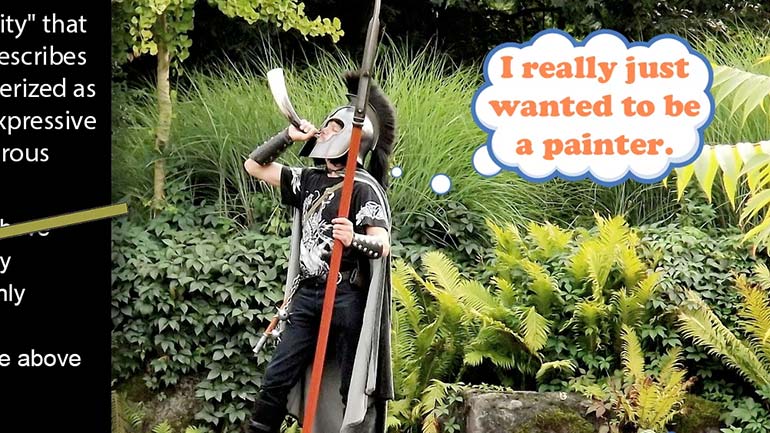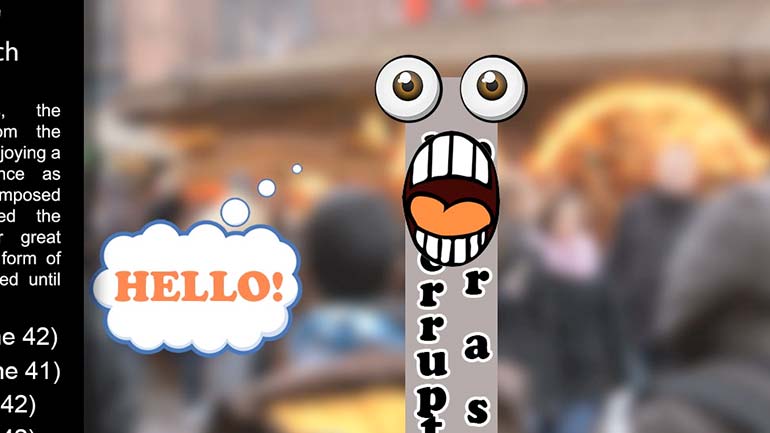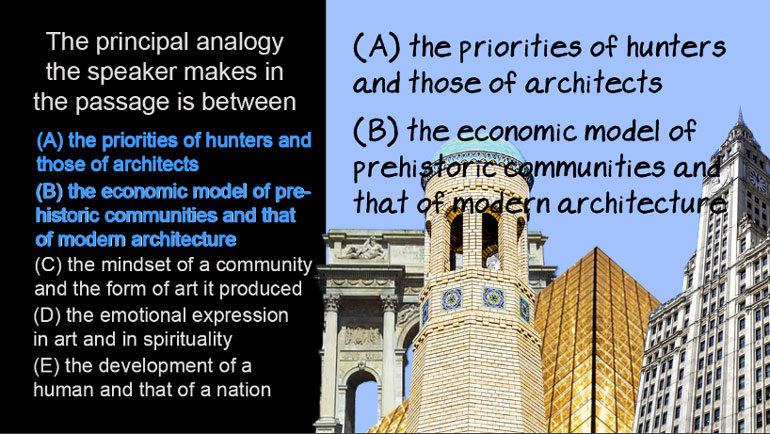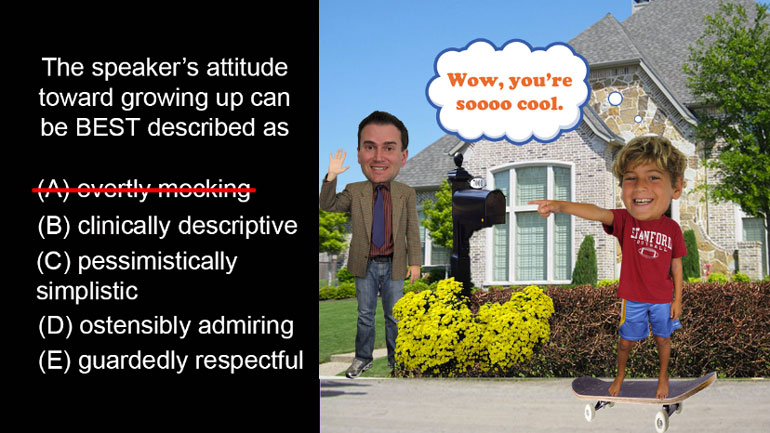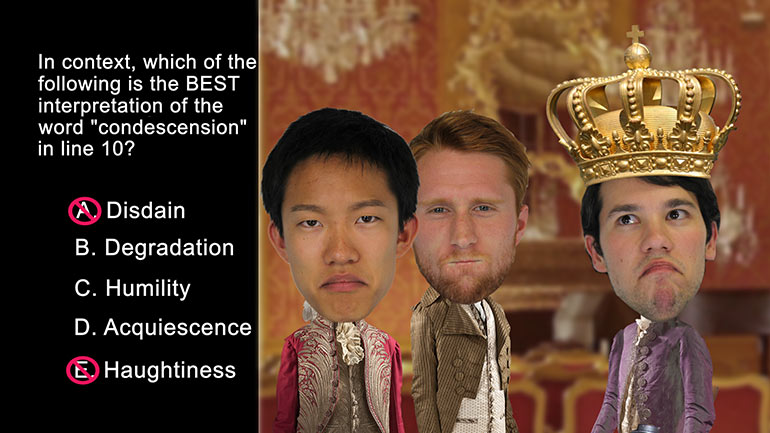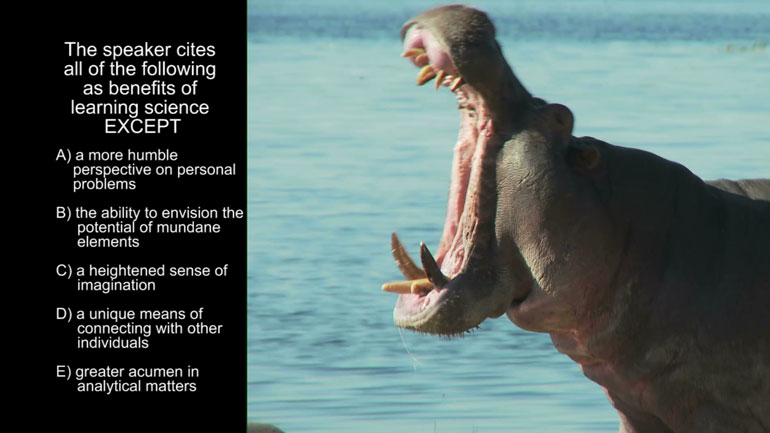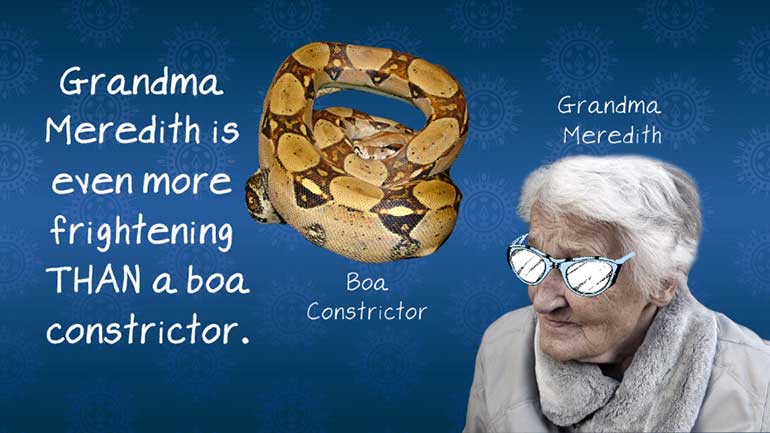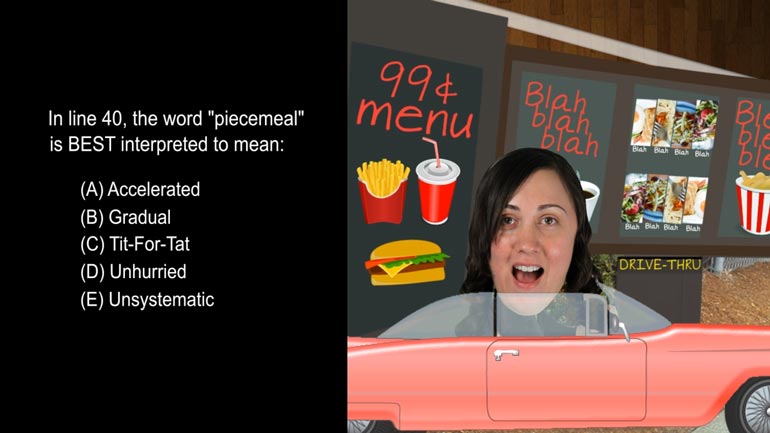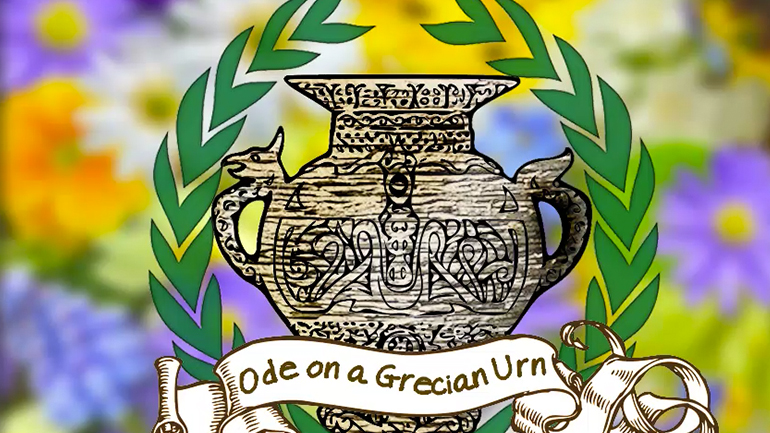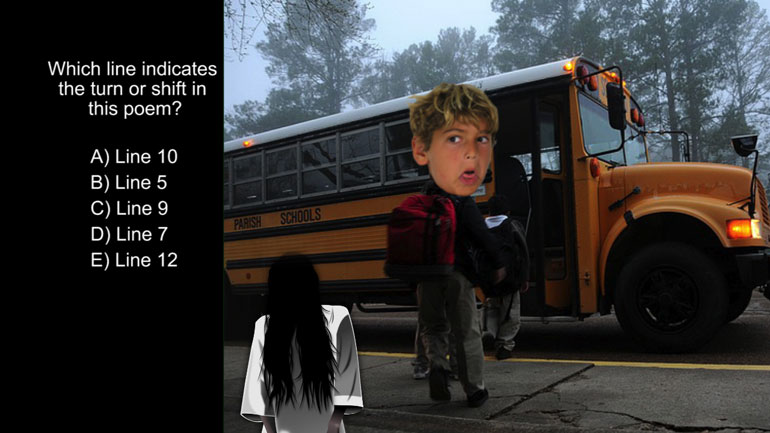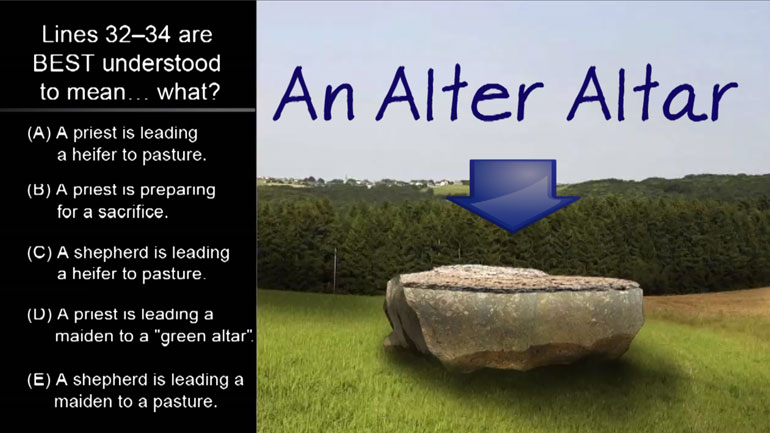ShmoopTube
Where Monty Python meets your 10th grade teacher.
Search Thousands of Shmoop Videos
Playlist AP® English Language and Composition 17 videos
AP® English Language and Composition: Comprehension Drill 1, Problem 1. The speaker would agree with all of the following statements except what?
AP English Language and Composition: Comprehension Drill 1, Problem 3. What can the "personality" that the speaker describes be characterized as?
AP English Language and Composition: Comprehension 1.9
AP English Language and Composition 1.1 Comprehension 449 Views
Share It!
Description:
AP® English Language and Composition: Comprehension Drill 1, Problem 1. The speaker would agree with all of the following statements except what?
Transcript
- 00:03
Here's your shmoop du jour, brought to you by Humming. Stop it. Please. We can't take anymore.
- 00:27
The speaker would agree with all of the following statements EXCEPT... what?
- 00:32
And here are the potential answers...
- 00:39
First of all, we have to notice that this question features a big, bad "EXCEPT."
- 00:43
So 4 out of 5 dentists would agree with the speaker...
Full Transcript
- 00:46
...the 5th will be sleeping on the couch tonight. No way to go about this other than to read
- 00:50
the answer choices one by one, and do our best to interpret the text...
- 00:53
Starting with A -- "art is very rarely a lucrative or even practical pursuit."
- 01:00
Whatever our personal feelings on the subject, and no matter how much we may think our local
- 01:04
street performer is a genius who is one day going to bring us all together in peace and harmony...
- 01:11
...our speaker states pretty clearly in paragraph 4 that he believes this to be true.
- 01:15
So it's not the "EXCEPT" we're looking for... "Only individuals with particular personalities
- 01:21
are drawn to artistic endeavors..."
- 01:23
Ah... here's our answer. In the beginning, the speaker says that we're all born with
- 01:27
artistic tendencies...
- 01:29
...so it can't be personality-specific.
- 01:33
Just to be sure, let's look over the remaining options...
- 01:35
C -- "The desire to create art is an innate, though often latent human quality."
- 01:41
Well yeah... that would go along with the whole "born with artistic tendencies" thing...
- 01:46
D -- "The legacy of an art form can last for centuries."
- 01:49
Yeah, he implies this, too. Just because art isn't practical doesn't mean it can't be responsible
- 01:54
for the creation of a legacy... and one with some staying power...
- 01:58
Finally, E -- "art can be an expression of a range of feelings, not merely positive ones."
- 02:05
Anyone who's ever talked to an artist can tell you that. They're not generally the most...
- 02:09
upbeat of individuals, generally speaking.
- 02:11
But yeah -- our speaker holds a similar opinion.
- 02:13
So our answer is B.
- 02:15
Artfully done.
Related Videos
AP English Literature and Composition 1.2 Passage Drill 4. As which of the following is the object being personified?
AP English Literature and Composition 1.4 Passage Drill 3. How is Burne's view of pacifism best characterized in lines 57 through 67?
AP English Literature and Composition 1.6 Passage Drill 5. Death is primarily characterized as what?
AP English Literature and Composition 1.7 Passage Drill 5. Which line indicates the turn or shift in this poem?
AP English Literature and Composition 1.9 Passage Drill 4. Lines 32-34 are best understood to mean what?

